PAINT | TYPES | An Architect Explains
Paint is used to protect (Eg. covering of metal to retard corrosion, and the painting of a house to help protect it from the elements), preserve, decorate (add festive trim to a room’s interior by adding color), or add functionality to an object or surface by covering it with a pigmented coating ( Eg. by modifying light reflection or heat radiation of a surface and the use of color to identify hazards or to identify the function of equipment).

Many people are unsure which paint is best for their homes. The type of paint you choose is as important as the color, and can have a major effect on the character of your room and the vibe you want to achieve. As an Architect, I have described the different types of paints under the following headings so that you can decide which one is suited for your requirement and your space, thus preventing a potentially time- and money-consuming mistake:
What is paint composed of?
How is paint applied?
What are the types of paints used in buildings?
What are the types of paint finishes?
How are paints stored?
What is paint disposed off?
WHAT IS PAINT COMPOSED OF?
Physically, paint is a mixture of four important elements: Pigments, Additives, Binders and Solvents
Pigments –render color and opacity to the paint.
Additives –endow the paint with special properties such as resistance to fungus, rust etc.
Binders- hold the paint together and also bind it to the surface being painted, thus promoting durability.
Solvents –give a paint its flowing property, enabling brushing/rolling on a surface. Depending on the solvent used, paints can be categorized as water-based (where water is the solvent), e.g. plastic emulsions and distempers or oil-based (where Thinner, a petroleum by-product is the solvent) e.g. enamels and wood finishes.
HOW IS PAINT APPLIED?
Paint can be applied to almost any kind of object. Paint can be applied as a solid, a gaseous suspension (aerosol) or a liquid. Techniques vary depending on the practical or artistic results desired.
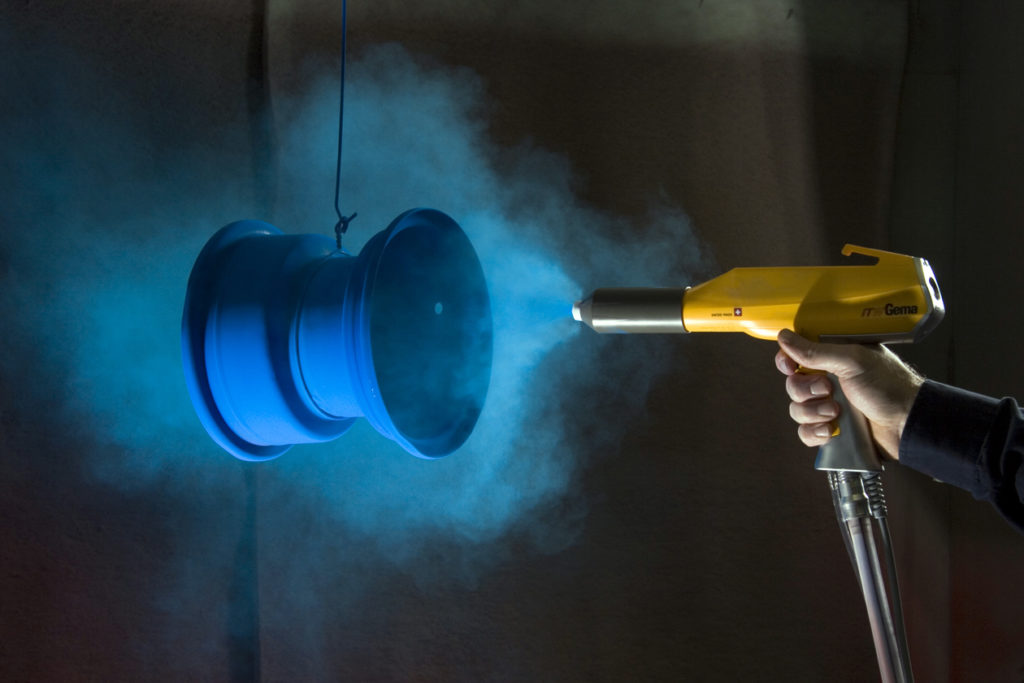
SOLID PAINT – Usually used in industrial and automotive applications, the paint is applied as a very fine powder, then baked at high temperature. This melts the powder and causes it to adhere (stick) to the surface. This is commonly referred to as “powder coating” an object.
GASEOUS PAINT – The paint is atomized by the force of compressed air or by the action of high pressure compression of the paint itself, which results in the paint being turned into small droplets which travel to the article which is to be painted. This is commonly referred to as “spray painting” an object. Paint application by spray is the most popular method.
LIQUID PAINT – is applied by direct application using brushes, paint rollers, blades, other instruments, or body parts as in fingerpainting, where the paint is applied by hand, and cave painting, in which a pigment (usually finely-ground charcoal) is held in the mouth and spat at a wall. Paint may also be applied by flipping the paint, dripping, or by dipping an object in paint.
WHAT ARE THE TYPES OF PAINTS USED IN BUILDINGS?
For painting your home, there are basically 5 types of paints to consider.
Exterior paints
Interior paints
Metal paints
Wood finishes
Special application paints
1. EXTERIOR PAINTS
When choosing exterior paints for the exterior surface/walls, look for ease of application, protection against weather and quality. They should be attractive yet durable enough to withstand weathering. The paints for exterior surfaces (such as brick, cement, stucco, cinder block and asbestos-cement) include the following types:
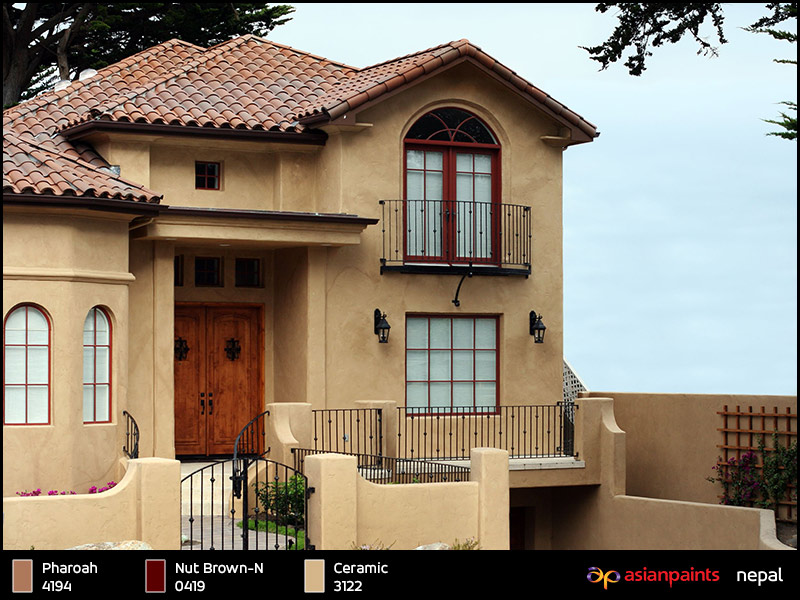
CEMENT PAINTS – These are water based paints and are applied on the outer surface of the house. They provide a coating that assures effective, medium range protection against the weather. They are highly water resistant and are the best option on a newly concreted surface. Special additives equip them to stand up to the rigours of outside exposure. Available in matt finish and a range of standard colours, they are adequately fade-resistant. A sound application of cement paints, after proper surface preparation, can stretch your repainting cycle to 5 years.
EXTERIOR ACRYLIC EMULSION – Emulsion paints are also water based, along with vinyl or acrylic resins added to make them hard wearing. Emulsion paints give various degrees of sheen and are available in matt, egg shell, silk, satin and full gloss ranges. The paints become harder wearing as the shine increases. Special additives make them exceptionally resistant to algae, fungus, atmospheric erosion and extremes of heat and cold and rain.Given careful and correct surface preparation and priming, they create a tough, enduring coating with superb adhesion and flexibility. Available in a wide range of colours, they are also fade resistant and can last for 4-5 years.
TEXTURED PLASTER – These are also emulsion based exterior finishing coats. Textured Plasters provide even stronger protection than Emulsions, besides unusual visual appeal. Their thick surfaces can be designer-patterned by sponging, stippling or patterned rollers. Washable over and over, their attractive colours and patterns blend smartness with heavy duty protection.
2. INTERIOR PAINTS
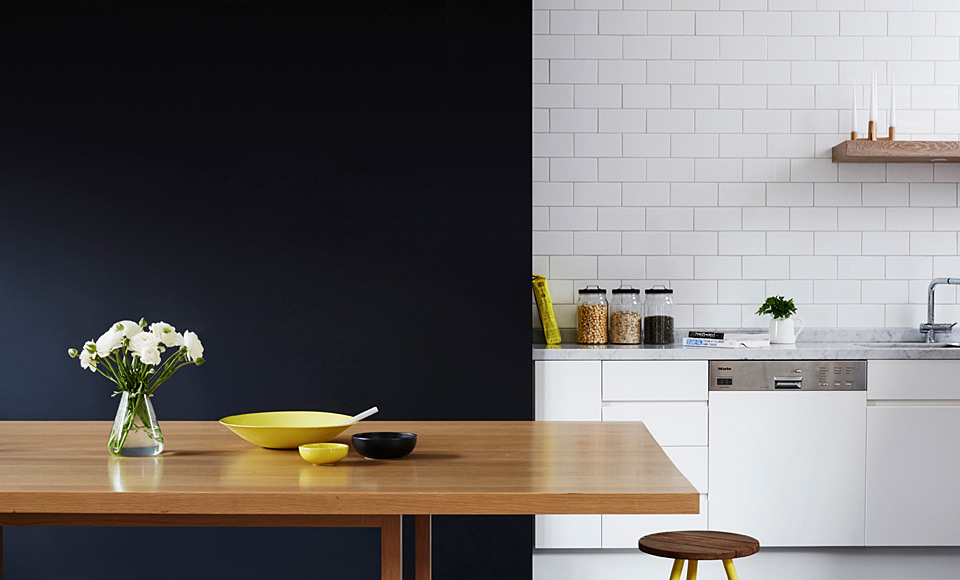
DISTEMPERS – The traditional economy paints, they can produce a perfectly satisfactory finish at reasonable cost, given proper application and workmanship. Their lifecycle is shorter than that of emulsions. Dry Distempers (which come in powder form) and Oil Bound / Synthetic Distempers are not washable. Acrylic Distempers, being partly based on acrylic resins, produce greater smoothness and washability. Properly maintained, they keep their good looks for 3 to 4 years.
INTERIOR EMULSIONS (PLASTIC PAINTS) – Emulsion paints have water as a base with a fine dispersion of vinyl or acrylic resins, which on drying, create a remarkably tough, adherent, durable coating. Emulsion paints give various degrees of sheen and are available in matt, egg shell, silk, satin and full gloss ranges. These paints are harder wearing as the shine increases. Special additives in plastic emulsions give them an incomparably smooth finish, in beautiful shades that last for years. These paints are also washable, resistant to chemicals, fungus, algae and easy to maintain. They are extremely durable but are not suitable for application on external surfaces, wood and iron surfaces.They come in three categories namely:
SILK EMULSIONS (PREMIUM ACRYLIC EMULSIONS) – are premium acrylic emulsions, with silky smoothness and a luxurious silk-like finish. Their very high acrylic resin content enhances durability and creates reflection and smoothness of such a high order that dust cannot settle on it. A ‘silk’ wall looks fresh even after several years.
REGULAR EMULSIONS – produce a smooth eggshell finish, in a wide choice of colours, and have almost the same durability as Silk. Combining Silk and Regular judiciously could give your painting project just the right balance between great looks and a long-cycle economy.
ECONOMY EMULSIONS – offer the basic strengths of emulsion paint at economy prices. They are still a generation ahead of Distempers on durability, washability, fade-resistance and smoothness.
3. METAL PAINTS
Doors and windows, metal grills and furniture have a common type of paint for coating them namely the Enamel paint. Enamel paints are not water based. In addition wooden surfaces and furniture may be protected by synthetic transparent finishes like PU and Melamine.
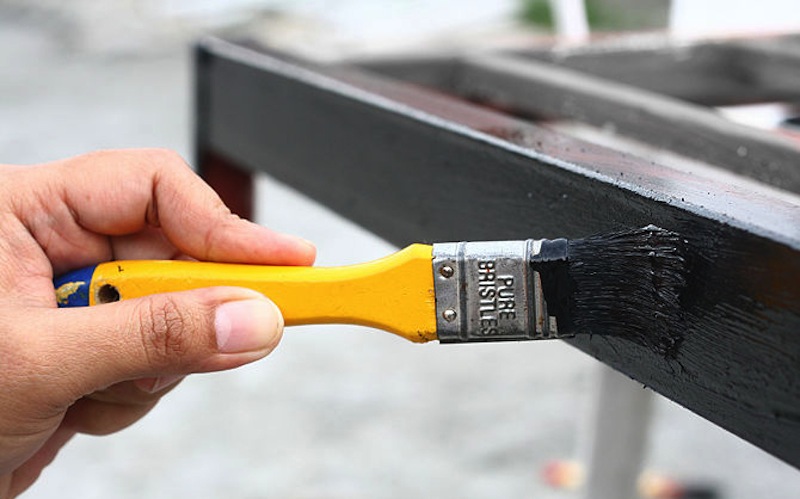
SYNTHETIC ENAMELS – are alkyd resin based formulations that work equally well on wood, metal and even walls. Besides a brilliant and smooth finish, they also provide very good protection against atmospheric corrosion, including rusting.
PREMIUM ENAMELS – are extremely tough, provide long protection and mirror-like finish. They withstand extreme climatic changes and can be used both inside and outside.
GENERAL PURPOSE ENAMELS – are also tough, provide a durable and pleasing, though less glossy finish. They are not recommended for exterior surfaces. Two coats of a general purpose enamel give good long term protection for hardworking surfaces where durability and economy are chiefly wanted.
4. WOOD FINISHES
POLYURETHANE (PU) AND MELAMINE – are the modern alternative to old-fashioned varnishes. These are synthetic, and provide an extremely tough, transparent protective coating. They allow the beauty of the wood grains to show through. But unlike varnishes, they are to easy to maintain and stand up to rigorous wear and tear, heat and liquid and stains. Available in both matt and glossy finishes, they can be used on a wide variety of wooden surfaces including furniture old and new and cane.

5. SPECIAL APPLICATION PAINTS
FLAT OIL PAINT FOR BATHROOMS AND KITCHENS – Flat Oil Paint is recommended over emulsion based wall paint to correct staining and flaking, especially in Bathrooms and Kitchens. The advantage is that they can be wiped down with a damp cloth to keep them clean. Condensation of moisture, fumes, grease stains, etc. cause paint breakdown, flaking and mould infection.
ANTI-TERMITE PROTECTION FOR WOOD – It is absolutely essential to pre-treat all wooden surfaces with a transparent Melamine coating, brushed onto bare wood to guard against termites, wood borers, etc. .Its greatest advantage is that it allows subsequent overpainting with paints, synthetic finishes and polishes.
BITUMINOUS PAINT FOR WATER TANKS – Concrete and galvanised iron water tanks are susceptible to algae and fungus attack, besides corrosion. Non-toxic Bituminous paint will keep the inside of the water tank free of algae, fungus and corrosion.
ALUMINIUM PAINT – To protect the outside of Water Tanks use Aluminium Paint, with reflective silver-like lustre that also reduces internal temperatures. Aluminium Paint can also be used effectively to increase the life of gas-holders in kitchens.
WHAT ARE THE TYPES OF PAINT FINISHES?
When Surface Coatings (Top coat of Paint) dry, they produce films with varying degree of sheen. The range extends from Flat or Matt finishes which have no sheen, through increasing degree of Luster to high gloss finishes. Based on the reflectance level of the dried film of paint we can classify the finish in to following four heads:
MATT: It is the kind of finish, which has the lowest level of gloss. When the gloss on a panel painted with a Matt finish paint is measured in a glossometer at 60-degree angle, the reading is less than 5.
SATIN OR EGG-SHELL: This finish has silk like gloss, explains the name Satin finish. When the gloss on a panel painted with a Satin finish paint is measured in a glossometer at 60-degree angle, the reading is 6-20.
SEMI-GLOSS: This finish has more gloss than a satin finish. When the gloss on a panel painted with a Semi-Gloss finish paint is measured in a glossometer at 60-degree angle, the reading is 21-70.
GLOSSY: This is the finish with highest level of gloss. When the gloss on a panel painted with a Gloss finish paint is measured in a glossometer at 60-degree angle, the reading is more than 70.
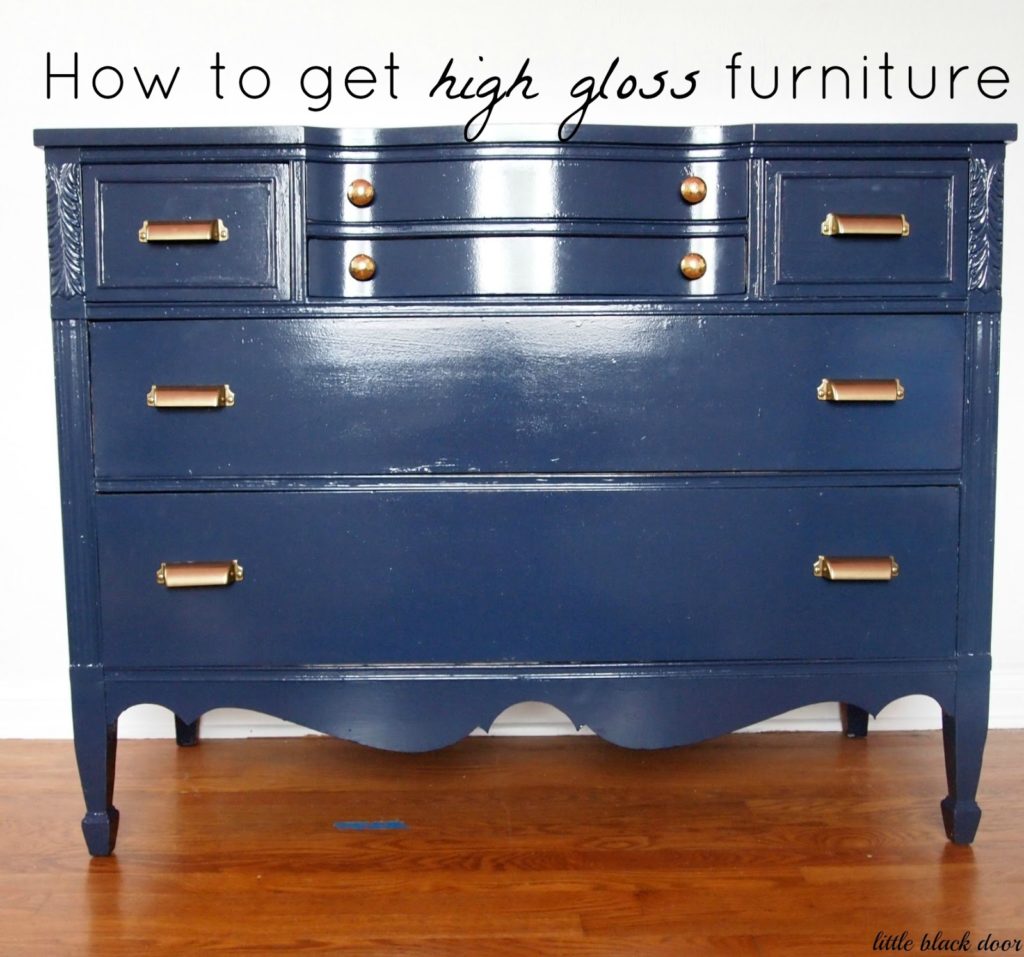
HOW ARE PAINTS STORED?
It is difficult to reseal the paint container and store the paint well for a long period of time. It should be stored upside down, for a good seal. Storage should be in a cool dry place, protected from freezing.
Interior/exterior house paint tends to separate when stored, the heavier components settling to the bottom. Therefore, it should be mixed before use, with a flat wooden stick or a paint mixing accessory.
HOW IS PAINT DISPOSED OFF?
LIQUID PAINT – Proper disposal of left over paint is a challenge. To dispose of paint, one method is to dry it, either by leaving the lid off until it solidifies or by pouring it into a disposable drying device. Once dry, the paint may be discarded with normal trash.
WET OIL BASED PAINT – should be treated as hazardous waste, and disposed of according to local regulations.
RECYCLING PAINT – Sometimes it can be recycled: Old paint may be usable for a primer coat or an intermediate coat, and paints of similar chemistry can be mixed to make a larger amount of a uniform color.
In addition to explaining Paint, Architect explains the easiest way to go about painting, here:
If you found this post useful, I would really love it if you pin it or share it. I have not blocked the site just because your ad blocker is switched on because I hope my content will be useful to you. But I am able to run this site only because of the ads. So I will be obliged if you turn off your ad blocker. Thank you!
Related Topics:
- Paint Glossary
- Paint Colours
- Paint Colour Wheel
- Paint Colour Groups
- Paint Colour Themes
- Paint Effects of Colours
- An Architect’s Painting Guide
- Maintenance Of Painted Surfaces
- Common defects and remedies in painting
- Best Paint Brands In India

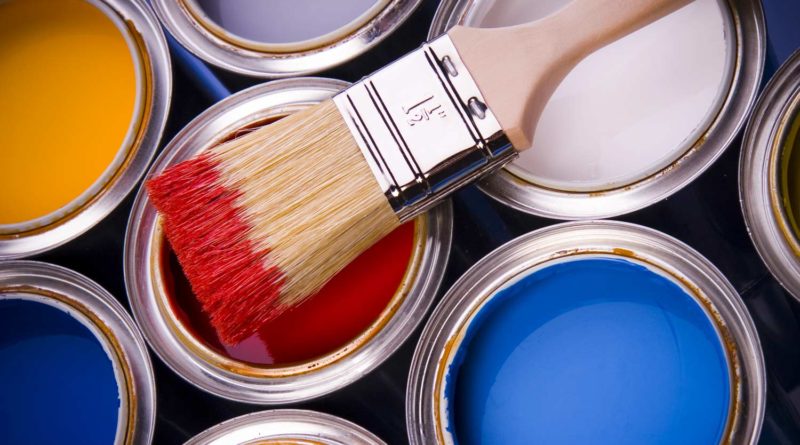

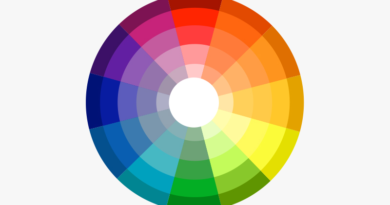
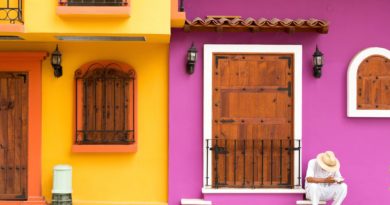
This site has everything what i needed for my RESEARCH WORK
Thanks a lot .. Keep posting..
Very useful data after a long search ..I m great ful to you.. Please tell us about color world and also safety tools needed in painting work especially high rise work if possible..
THANK U VERY MUCh